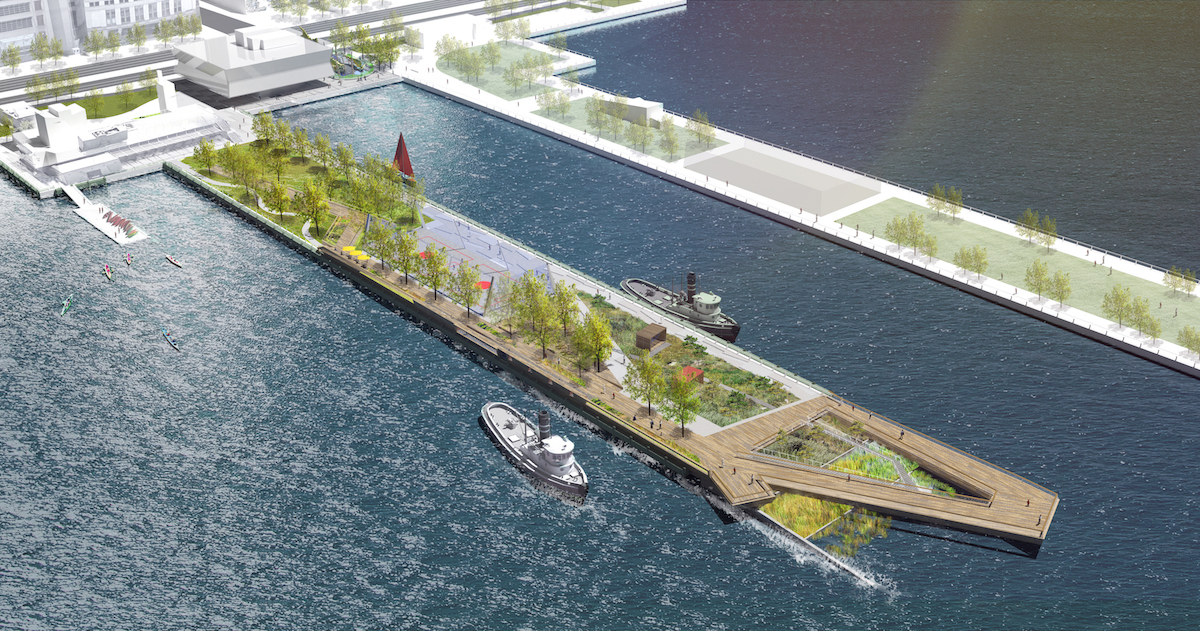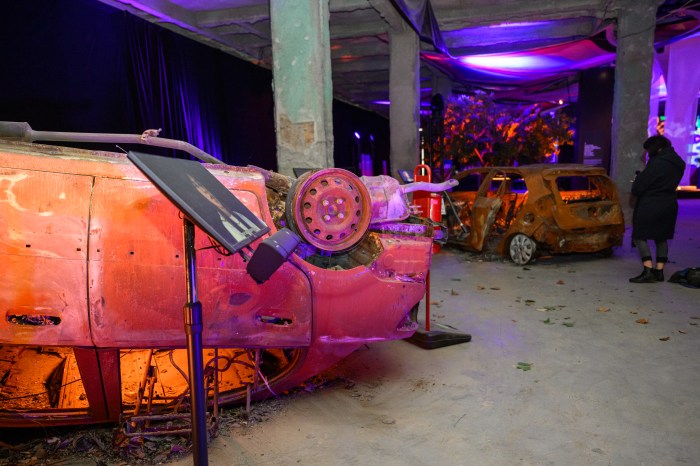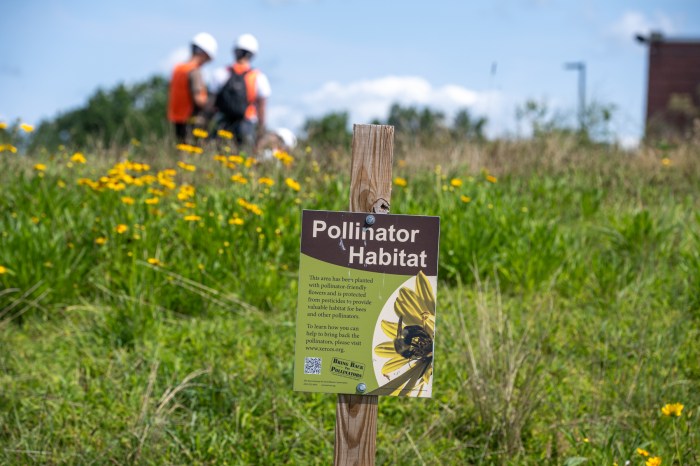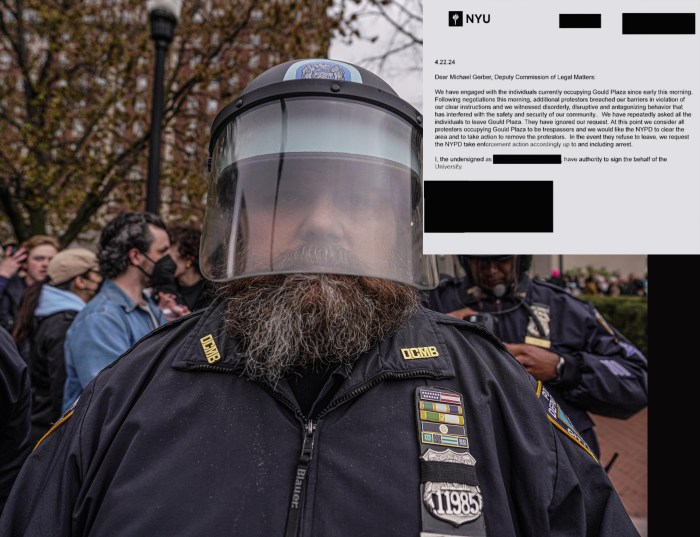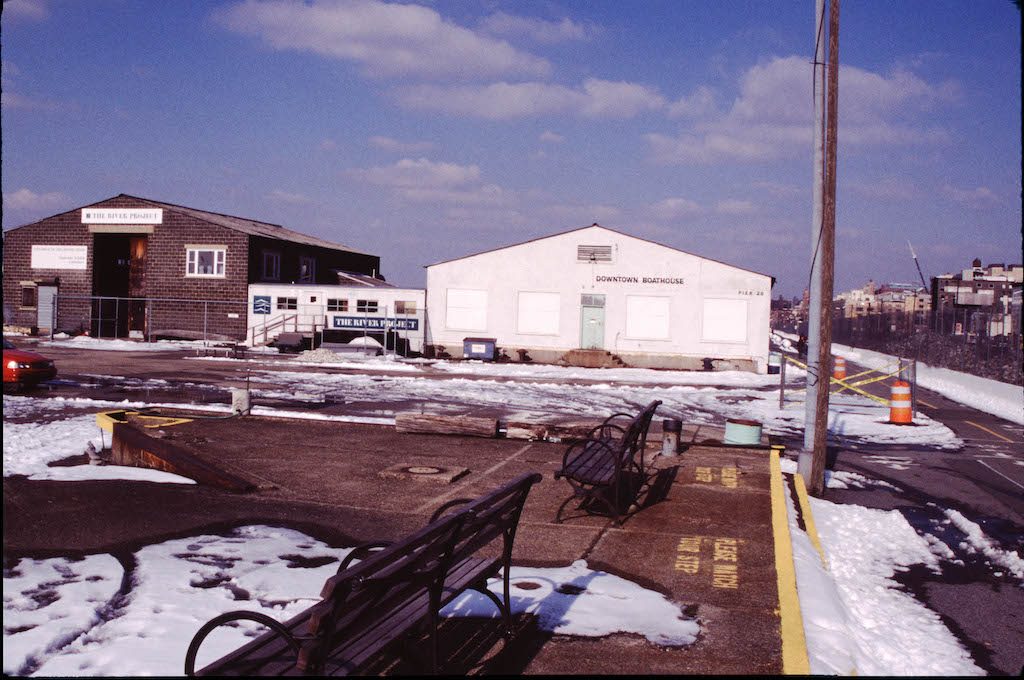
BY GABE HERMAN | An estuarium in Hudson River Park, for research and education of the river and its creatures, has been a decades-old idea that somehow never has gotten out of port, so to speak. But park officials are now confident it will soon become a reality.
A main building would be located in Tribeca at Pier 26, which is soon to undergo construction for its other elements, including a wetland tidal pool that is part of the Estuarium’s concept. Those other parts of the pier are scheduled to be completed by 2020, though the Estuarium building is still in the fundraising phase and has no specific timetable.
A spokesperson for the Hudson River Park Trust said of the Estuarium, “This spring, there will be a determination on how to move forward with the facility. And in March, Pier 26 will be in full construction mode.”
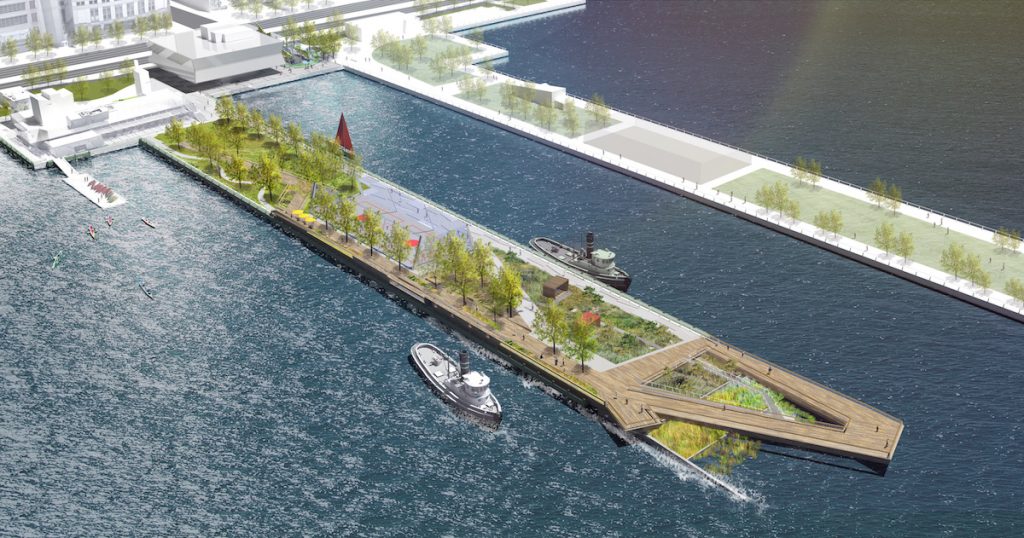
The Estuarium would be at the pier’s mainland end. The Trust — the state-city authority that is operating and building the 4.5-mile-long park — is working with Clarkson University to secure funding for the long-awaited project. The Upstate school in Potsdam won a request for expressions of interest, or R.F.E.I., put out by the Trust in 2013 looking for a partner.
“It’s been a labor of love and a work in progress,” said Nicolette Witcher, a vice president with the Trust who runs all Estuary Lab programming.
She said she is confident the Estuarium will be funded and happen.
“We are super-excited about it and continue to work on it,” she said.
Witcher noted the park has 400 acres of state-protected water and a mandate to provide educational programs and research for the public. The park’s Estuary Lab has held more than 400 educational programs throughout the park and worked with more than 7,000 city students.
Witcher said it has been a long road for the Estuarium to finally happen. Perhaps no one knows this better than Tom Fox, who was involved in early stages of developing the waterfront park and in the 1990s was director of the Hudson River Park Conservancy, a predecessor to the Trust.
Fox noted that in the late ’80s and early ’90s, the River Project, led by Cathy Drew, which studies and educates about the river, was stationed at Pier 26 and run on a shoestring budget out of an old building.
“The Estuarium was to be the institutionalization of this concept she brought to the river — which was using the river as a classroom,” Fox said.
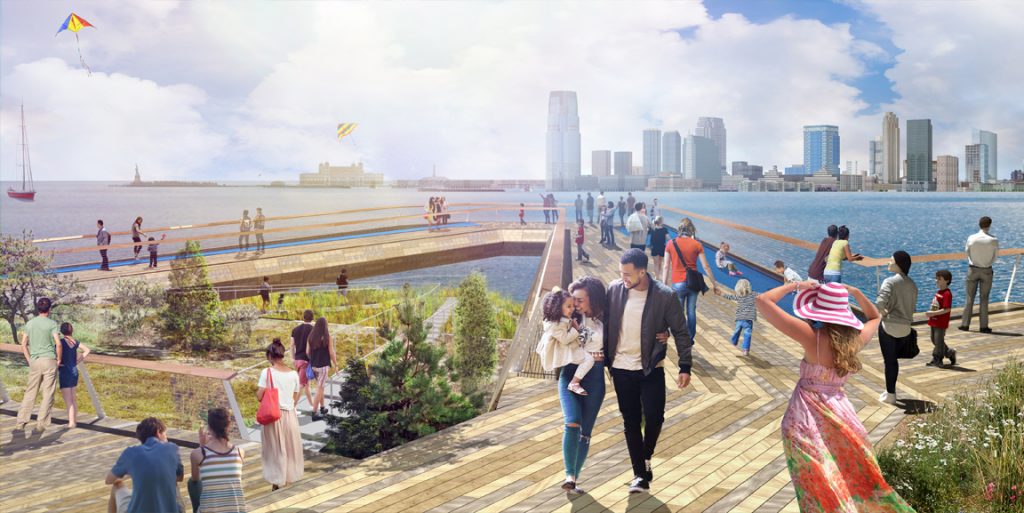
The River Project was at Pier 26 from 1986 until 2005, when it moved to its current spot at Pier 40, at W. Houston St. The group is an independent tenant of the park. But Drew said she has a lot of contact with the Trust and that her organization is part of the new Estuarium plans, and slate to have space on its ground floor.
“The Estuarium was our idea many years ago, and we are part of it,” Drew said. “We’re really excited about it.”
However, Fox said he felt the Estuarium project was cast aside for years, and wondered why a local organization wasn’t involved instead of Upstate Clarkson University.
Witcher said before the R.F.E.I. was issued, the Trust worked informally with local institutions like City University of New York, The New School and New York University. But operating issues came up, leading to the R.F.E.I., which drew two responses — from Clarkson and the River Project.
Witcher acknowledged it is logical to ask why a nonlocal organization is involved, but she said Clarkson was best equipped as an institution to handle the facility’s operations. She said the school has direct involvement with the Hudson River through its Beacon Institute for Rivers and Estuaries. And Clarkson’s work with the city’s New York Hall of Science was also a factor in choosing the university, she added.
The Estuarium will extend beyond the physical building at the base of Pier 26, and will include other parts of that pier, Witcher added.
“This is intended to be our eco-pier,” she said.
And Pier 57, on which renovations are ongoing in Chelsea, and the upcoming Gansevoort Park, near the Meatpacking District, will also have aquatic teaching areas, as will other parts of the park.
Witcher said it’s important to include Drew and the River Project in the Estuarium, acknowledging the work they do to teach about the river through its animals and environment.
“Everyone sees that’s really unique and special, and so we wanted to find a way to preserve that,” she said. “We want to be able to find a way to share some of that programming and have that live exhibit concept at the Estuarium.”



